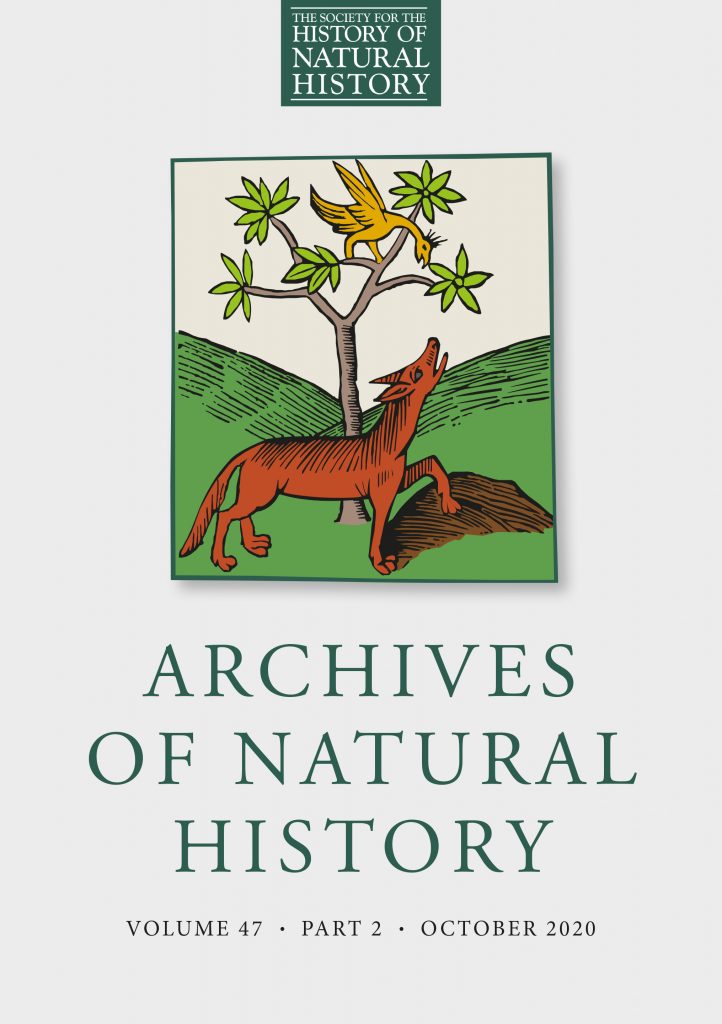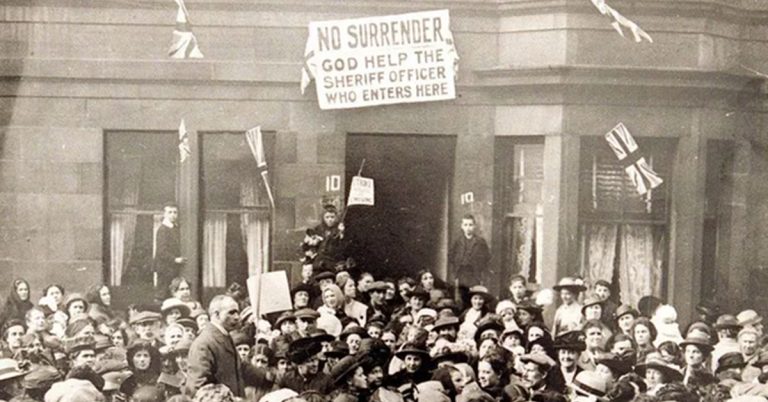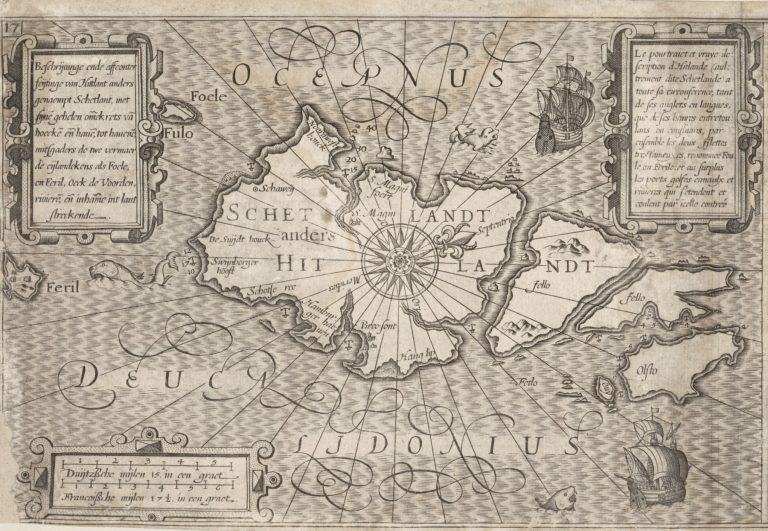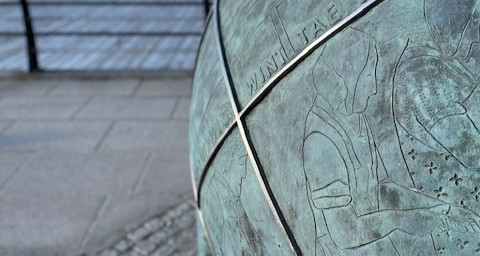
By Nathan Smith
How many animals can you name? How many plants? The answer to both questions is probably quite a few and, indeed, the total would probably number in the hundreds for both were you to sit down and list them out. Now, how many fungi? Chances are this list would be considerably shorter and likely filled out with non-specific terms such as mould or yeast, which describe shapes of an organism rather than the organism itself. If this is the case, you wouldn’t be alone. Even our collective scientific knowledge is uncertain: conservative estimates of the total number of species predicted we know less than 2% of fungal species.
This difference is arguably due to history. Whilst giants of natural history such as Carl Linnaeus and Charles Darwin did much to revolutionise and popularise botany and zoology, it is also true they were guilty of neglecting the fungal kingdom. Instead, the study and description of fungi came about much later in all together humbler circumstances. Within British mycology, Rev. Miles Joseph Berkeley is often credited as the “founding father” of the discipline. And yet, during Berkeley’s the discipline remained one of isolated individuals bound together by correspondence and the yearly Woolhope Foray—a primarily social event.
This would change rapidly towards the end of the nineteenth century, where two organisations quickly rose to prominence. The first, formed in 1891, was the Yorkshire Mycological Committee (YMC), a permanent organisation formed in part to organise the fungal forays of the Yorkshire Naturalists’ Union. The second, a collaborative effort between Yorkshire and non-Yorkshire mycologists and born out of a meeting in Selby in 1895, was the British Mycological Society— which upon its foundation in 1896 was only the second national mycological society to be formed behind the Societie Mycologique Francais. It appointed the Yorkshiremen George Edward Massee (1845-1917) and Charles Crossland (1844-1916) as its President and Treasurer, respectively, and Carleton Rea (1861-1946) as its Secretary and the Editor of its Transactions.

Despite a promising start, within two years of the founding of the BMS both Massee and Crossland had abandoned the society, accompanied by a number of Yorkshire mycologists, in favour of focusing their efforts with the YMC. This instigated a feud between the two societies which lasted until the deaths of Massee and Crossland and was indeed carried on by a number of individuals past this point.
In my two articles published in Archives of Natural History, I explore how these early mycologists navigated issues of legacy during and after this period of conflict. I focus on two mycologists of the “Yorkshire Grand Period”, Masse and Henry Thomas Soppitt (1868-1899). The first article, which addresses the life and legacy of Henry Thomas Soppitt, examines how Soppitt crossed the borders of biology and natural history and how, after his untimely death, other Yorkshire mycologists sought to secure and adapt his legacy as that of a “Yorkshire Amateur”. The second examines the life and legacy of Massee and focuses particularly on how the accepted narrative of Massee’s life and work was shaped by his conflict with Rea and the wider BMS.
Combined, the papers come together to reveal a historically-minded community of mycological devotees. Filled with complex characters, their personalities bled into their work (and vice versa) as they forged themselves an exception to the overall narrative of the rise of professionalism in British science at the turn of the twentieth century. Rather, they were proud amateurs who nevertheless built international reputations despite the majority lacking formal training or paid positions. As we once again experience the rise in popularity of mycology, highlighted by the success such as of recent books such as Merlin Sheldrake’s Entangled Life: How Fungi Make Our Worlds, Change Our Minds, and Shape Our Futures (2020) and Anna Tsing’s The Mushroom at the End of the World: On the Possibility of Life in Capitalist Ruins (2015), it is more important than ever to look back at the foundations of mycology and what secrets may be buried there.
Archives of Natural History is the journal of the Society for the History of Natural History, providing an avenue for the publication of research on the history and bibliography of natural history in its broadest sense. Published since 1943, articles have covered topics such as botany, general biology, geology, palaeontology and zoology, the lives and work of naturalists and the institutions and societies to which they belong. Find out how to subscribe, or recommend to your library.






